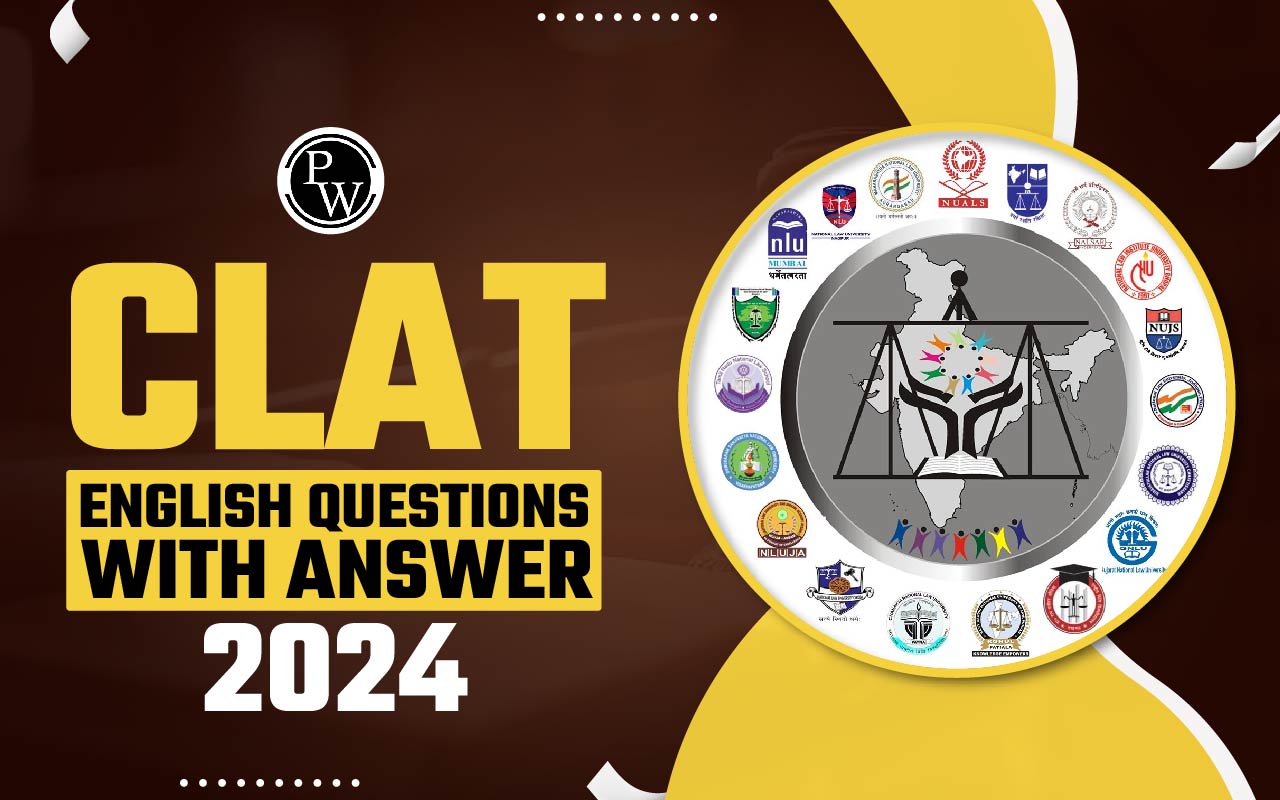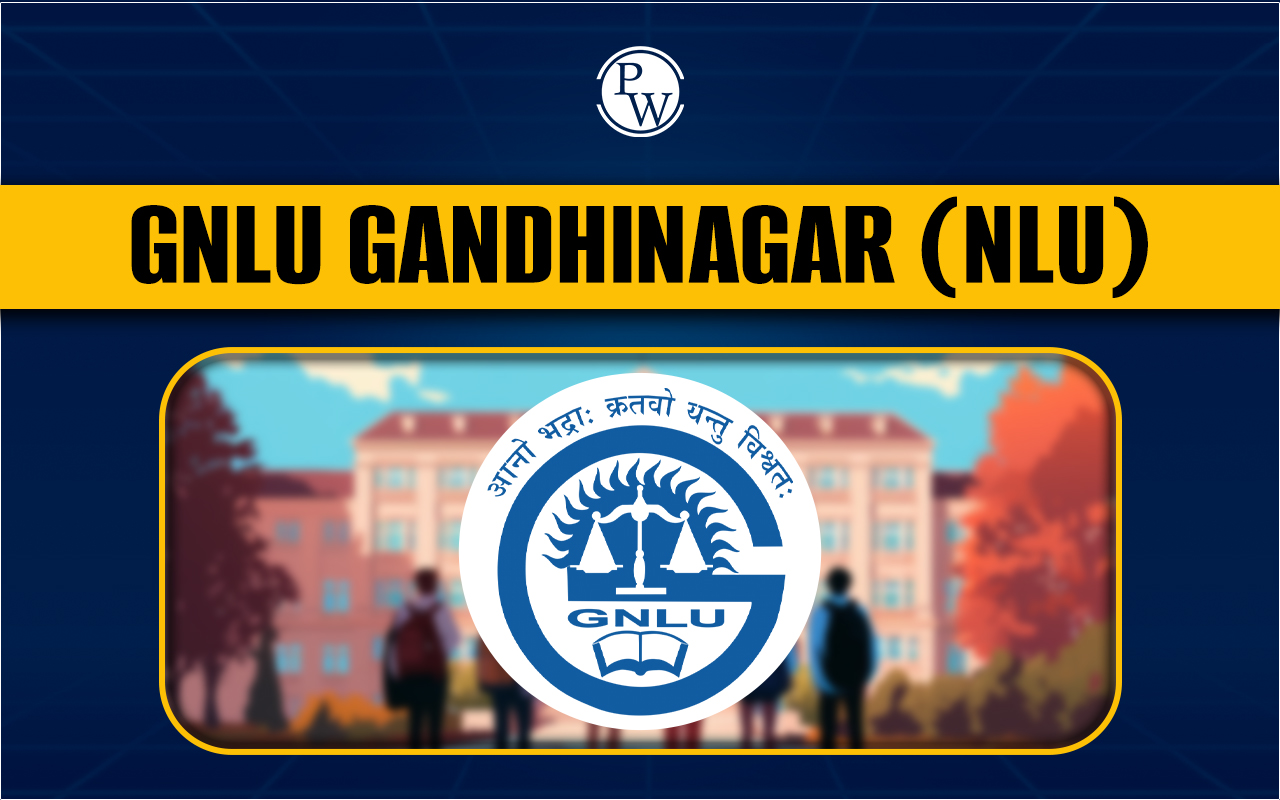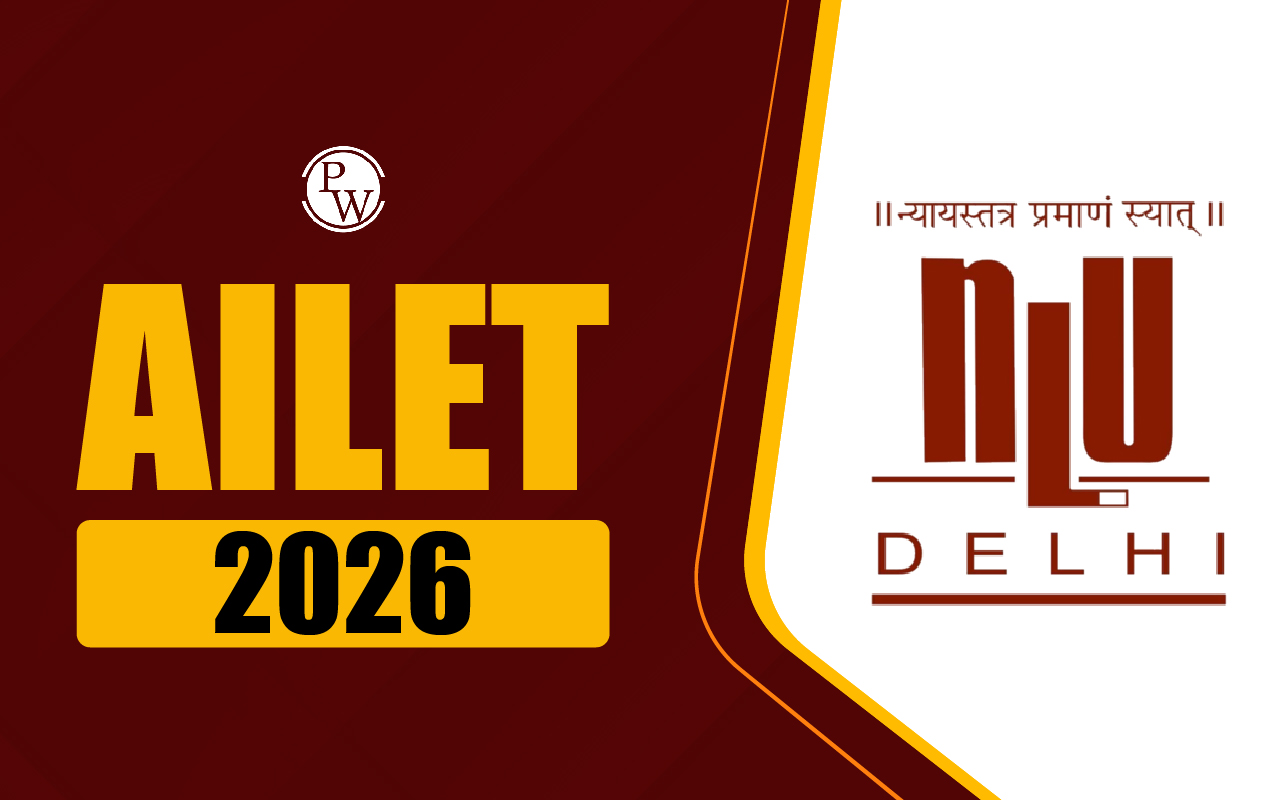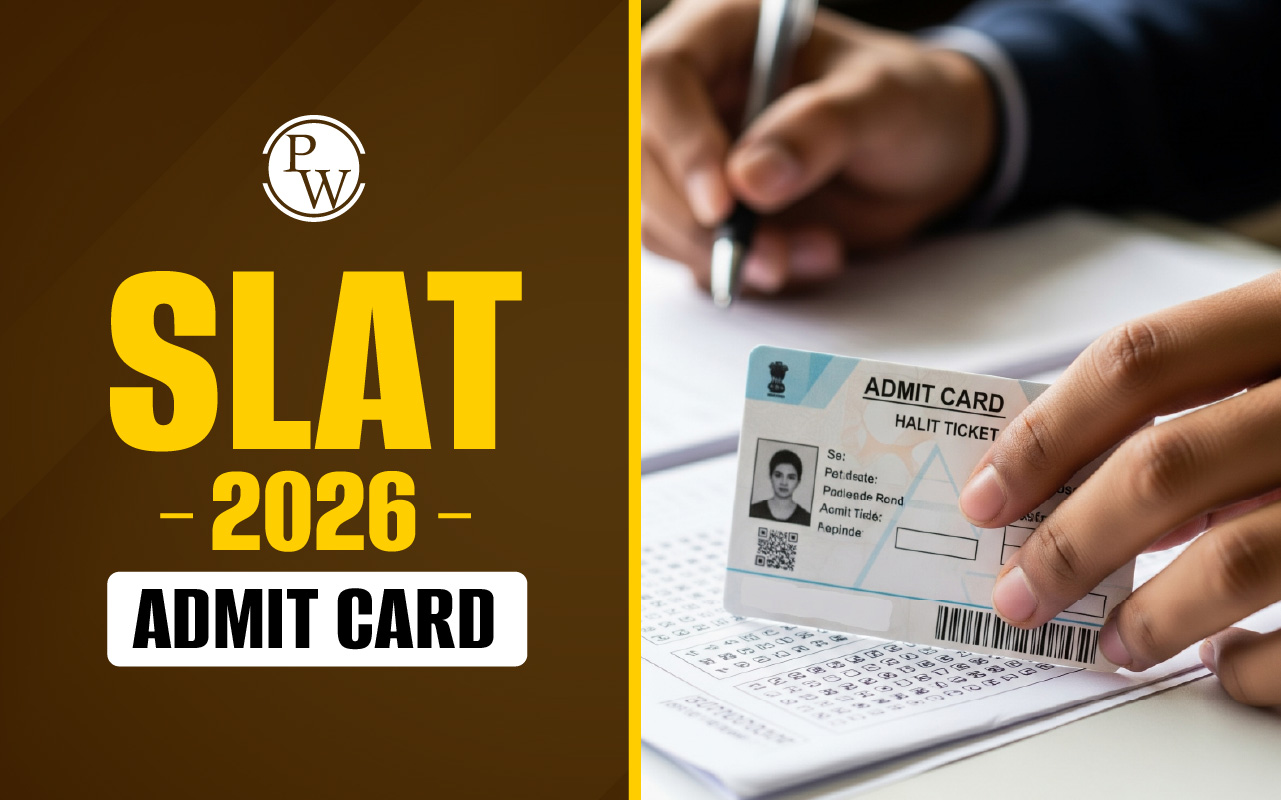

CLAT English Questions with Answer
CLAT English Questions with Answer: Preparing for the CLAT English section is crucial. It has three main parts: grammar, vocabulary, and reading comprehension, making up 20% of your final score. You'll work on filling blanks, checking spelling, using idioms, rearranging sentences, and understanding passages.
For reading comprehension, connect passages to what you know, find the main idea, and check related questions before reading. Practice daily to read faster. To boost vocabulary, learn new words daily, read diverse materials, and use "Word Power Made Easy" by Norman Lewis.
Grammar is vital too, covering articles, verbs, tenses, and active/passive voice. Reading newspapers, especially the Opinion and Editorial section, helps with grammar too.
CLAT 2025 Exam Pattern Overview
| Sections | MCQs per section |
|---|---|
| English Language | 28-32 |
| Current Affairs including General Knowledge | 35-39 |
| Logical Reasoning | 28-32 |
| Legal Reasoning | 35-39 |
| Quantitative Techniques | 13-17 |
CLAT 2025 Syllabus for English Language
| Main Topics of Section A | |
|---|---|
| Correcting Incorrect Grammar Sentences | Synonyms & Antonyms |
| Reading comprehension | Tenses |
| Sentence completion and correction | Fill in the Blanks |
| Spelling and Grammatical errors | Spotting Active & Passive Voice |
| Proverbs and adverbs | Synonyms and antonyms |
| Idioms and phrases | Vocabulary and word meanings |
CLAT English Questions with Answers
Let's take a look at some sample CLAT English question papers to help you understand better.
Sample Passage 1
CLAT English Questions with Answer 2024 FAQs
What is a CLAT question paper PDF?
How many questions are in clat exam question paper?
How do I answer questions in CLAT English?
What is the pattern of the CLAT English exam?
What type of English is asked in CLAT?











